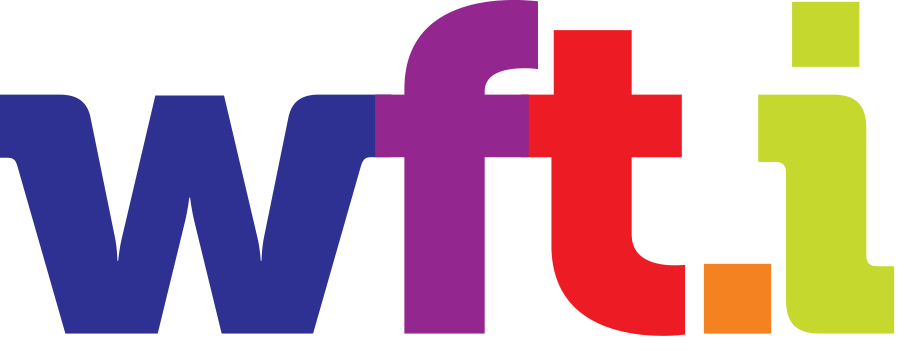Women in Film & TV comment on RTÉ’s announcement of Top Ten Earners
Rachel Lysaght 17th March 2016
Two of the broadcaster’s top 10 earners are women. The numbers published by RTÉ are disappointing but hardly surprising. Immediate public reaction has been to focus on the large amounts earned, understandably so, given the vast difference from the average pay packet. It would be a mistake, however, to allow the high levels of pay distract us from seeing the broader picture.
The reality is that Irish women continue to be paid less than Irish men. It’s a fact, it’s not changing, and it appears to be getting worse. We see this in NERI’s Spring 2016 quarterly report. This is a huge problem. A national problem which reaches far beyond the audiovisual sector. And it’s not going away without leadership and immediate action.
As an industry we need to ask ourselves some serious questions; why are we over-representing men’s stories and voices on-screen? Why do we value a man’s work more than the same work accomplished by a woman? What pro-active steps can we take to redress the balance, and reinvigorate our industry, our culture and our economy?
Women in Film & TV Ireland wants to see equal representation of women on Irish screens and equal representation in the projects written, directed and executed by women in the Irish audiovisual sector. Above all, we want equal pay.
The Irish Film Board has committed to 50/50 gender parity in funding within the next 3 years. It’s time RTÉ and the other broadcasters followed suit.
Because it’s 2016.
*********
Women and Low Pay in the Republic of Ireland
Key facts:
Section 4 presents an insight into the nature and shape of low pay among one group with a high probability of being low paid: female employees. It finds that:
– There were 207,000 female employees working for low pay, representing 60% of all those in low pay.
– Female employees carry a 29.3% risk of low pay, meaning that almost three in every ten female employees are low paid. The corresponding situation for males is two in every ten employees.
– Female low paid workers feature across all the age groups, although they are concentrated among those under the age of 40.
– Just over 60% of low paid women work in three sectors of employment: Wholesale & Retail (24%), Accommodation & Food (19.7%) and Health & Social Work (18.4%).
– Looked at from a risk of low pay perspective, seven out of every ten female employees in the Accommodation & Food sector are low paid, while it is almost five out of every ten female employees in Wholesale & Retail and in Administration & Support Services.
– One in every two female employees on a temporary contract is low paid while it is one in every four of those women on a permanent contract.
– Almost a quarter of all low paid females work in the Dublin region, with almost one in five (17.2%) in the neighbouring Mid-East region. The lowest concentrations are in the South-East, West and Midlands.
Our examination has also allowed us to gain a greater understanding of the average hourly earnings of low paid women and the importance of their income to that of the households they live in. Among these findings are:
– In 2013 the average hourly rate of pay among all low paid employees was €9.49 per hour. For low paid male employees this was €9.62 per hour while it was €9.41 for females.
– For female employees the average depth of low pay was €2.04 per hour.
– On average the earnings of low paid female employees’ represents 55% of their household’s total earnings. Some 34% of low paid women provide all of their household’s total earnings while 28% provide less than one quarter.
– 46% of low paid women are the main earners in their household; 54% are secondary earners.
– Low paid women, who are the main earners in their household, are concentrated in the bottom half of the income distribution.



